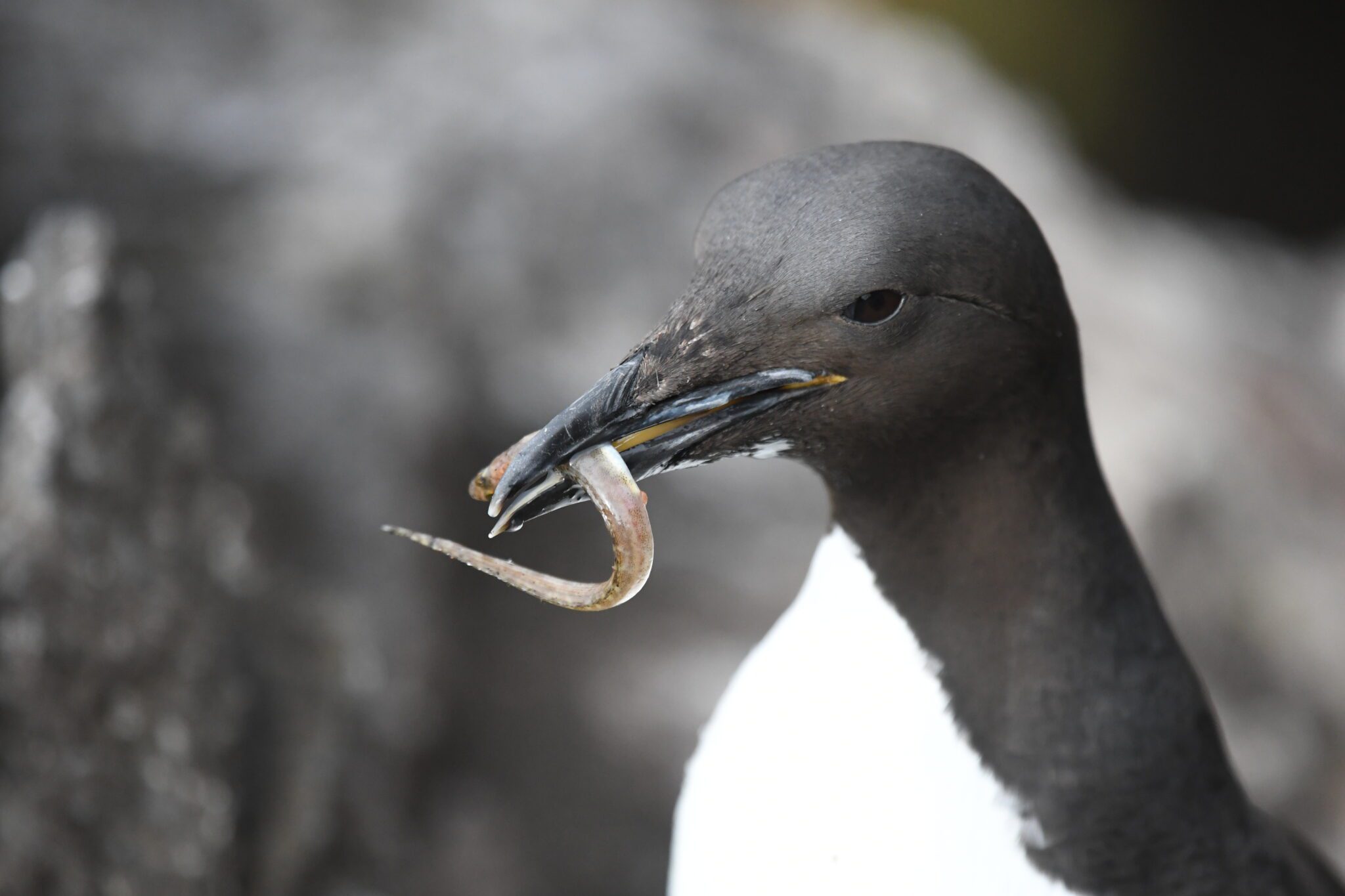The distribution of selenium has been mapped in 17 colonies
Mercury is a toxic pollutant that can cause severe health damage in seabirds. At the same time, selenium is known to protect against mercury toxicity. To study the spatial distribution of selenium in the Arctic and subarctic regions, blood samples collected from 17 different seabird colonies in the Atlantic and Pacific Ocean have been analyzed.
Mercury toxicity risk varies between regions
Mercury (Hg) is a metallic trace element that is toxic for humans and wildlife and can originate from natural and anthropogenic sources. Hg spatial gradients have been found in seabirds from the Arctic and other oceans, suggesting contrasting toxicity risks across regions. Selenium (Se) plays a protective role against Hg toxicity, but its spatial distribution has been much less investigated than that of Hg.
Three years of blood sampling
From 2015 to 2017, the spatial co-exposure of Hg and Se was measured in blood samples of two seabird species, the Brünnich’s guillemot (Uria lomvia) and the black-legged kittiwake (Rissa tridactyla), from 17 colonies in the Arctic and sub-Arctic regions. The researchers conducting the study calculated the seabirds’ molar ratios (Se:Hg), as a measure of Hg sequestration by Se and, therefore, of Hg exposure risk. They also evaluated concentration differences between species and ocean basins (Pacific-Arctic and Atlantic-Arctic) and examined the influence of trophic ecology on Hg and Se concentrations using nitrogen and carbon stable isotopes.
Less selenium in guillemots
There was, on average, no difference in Hg concentration between species in the Atlantic-Arctic and the Pacific-Arctic oceans. In the Atlantic-Arctic ocean, there was a negative west-to-east gradient of Hg and Se for guillemots, and a positive west-to-east gradient of Se for kittiwakes, suggesting that these species are better protected from Hg toxicity in the European Arctic. Differences in Se gradients between species suggest that they do not follow environmental Se spatial variations. This, together with the absence of a general pattern for isotopes influence on trace element concentrations, could be due to foraging ecology differences between species. In both oceans, the two species showed similar Hg concentrations, but guillemots showed lower Se concentrations and Se:Hg than kittiwakes, suggesting a higher Hg toxicity risk in guillemots. Within species, neither Hg, nor Se or Se:Hg differed between both oceans.
The study highlights the importance of considering Se together with Hg, along with different species and regions, when evaluating Hg toxic effects on marine predators in international monitoring programs.
Read the article:

Photo © Venke Ivarrud/SEAPOP

Photo © Benjamin Merkel
Contact person: Signe Christensen-Dalsgaard, NINA